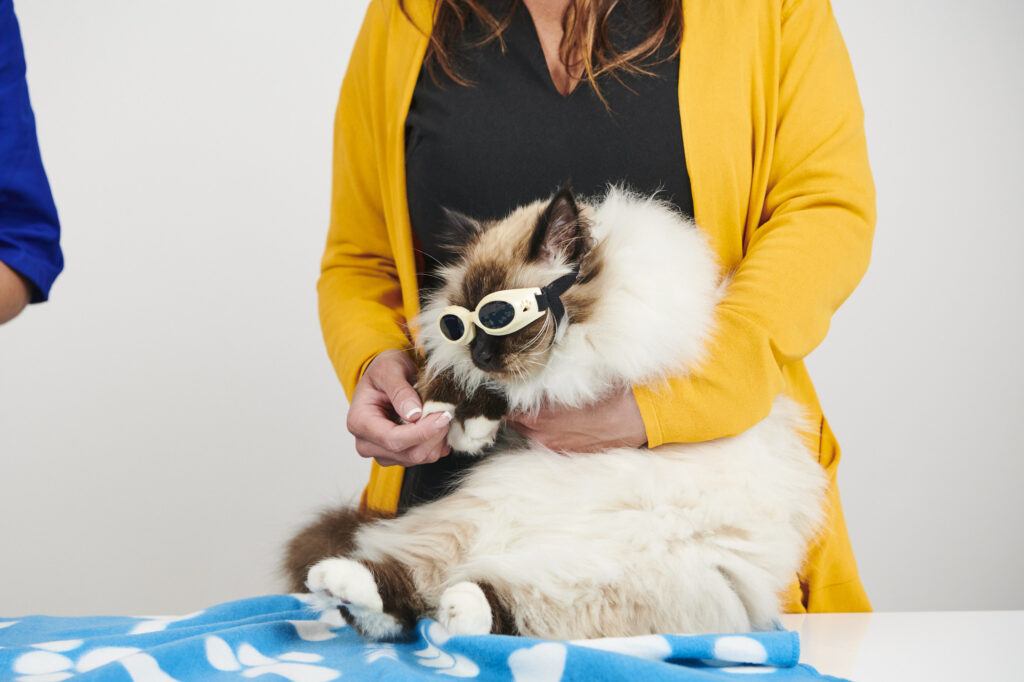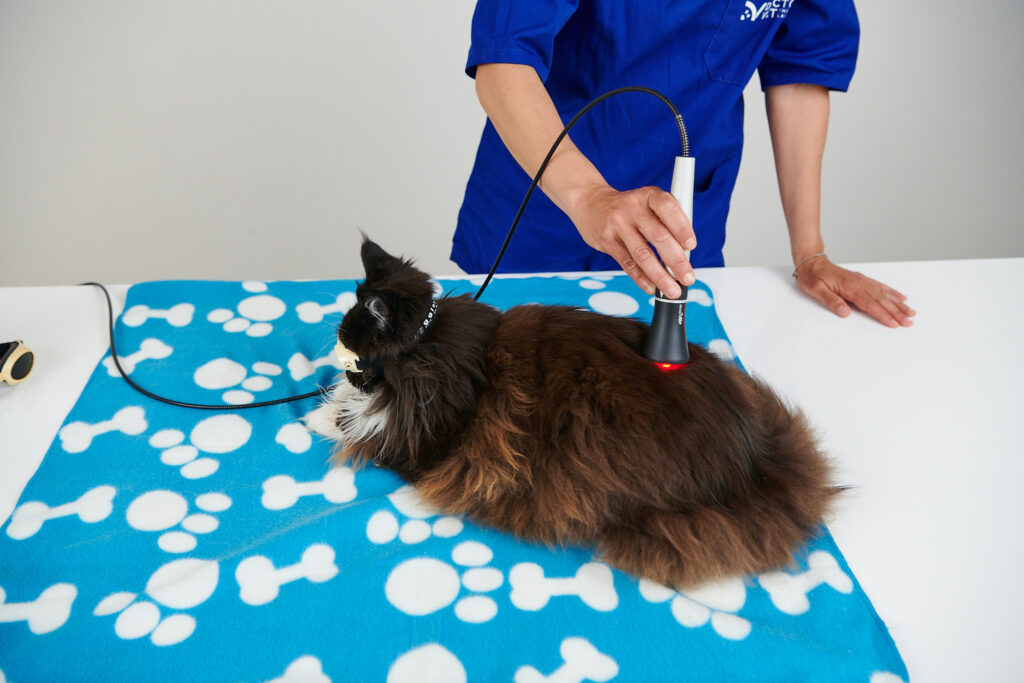Feline atopic dermatitis presents clinical differences when compared with canine or human allergic dermatitis, the former being associated with the presence of itching (although not always), symmetrical alopecia, papular-scaly dermatitis or miliary dermatitis, plaque-nodular dermatitis and cervical or facial ulcers1.
This disease is more common in young cats, appearing 75% of the time during the first three years of life2.
Papular and nodular lesions of an inflammatory origin are relatively rare in cats. The causes of papular and nodular dermatitis are infections and not infectious (sterile/immune measures)3.
It was thought that atopic cats presented no secondary infections. However, these feline patients may present secondary infections such as dermatitis pyoderma from malassezia4, as well as other infections from methicillin-resistant Staphylococcus.
The differential diagnoses are allergic dermatitis stemming from a flea bite, food allergy, demodicosis (Demodex gatoi), bacterial folliculitis, pemphigus foliaceus, ulcerative dermatitis caused by FHV-1 and cutaneous epitheliotropic lymphoma. Cytologies, cutaneous biopsies, immunohistochemistry and cultures are needed for diagnosis3.
Allergen-specific immunotherapy is one of the recommended treatments5, as is treatment with glucocorticoids and cyclosporine6.

The fundamental effects of laser therapy include the immunomodulatory and biostimulant effect on various tissues7. Although more studies are needed in the field of veterinary medicine, studies exist in human medicine that show the benefits of laser therapy on atopic dermatitis and laser therapy is considered as a new therapeutic option for this pathology8. Furthermore, an antimicrobial effect has been observed in various micro-organisms that can help any possible secondary infections9.
More studies on feline atopic dermatitis and its triggers are needed, as well as on how laser therapy interacts with the immune system. Nonetheless, due to the general effects of laser therapy, it can become an adjuvant therapy for feline atopic dermatitis.

Seeing is believing!
Book a demo now to learn how DoctorVet works!
DoctorVet has an inflammation protocol designed to create the immunomodulatory effect from laser therapy. Furthermore, this protocol can be combined in the presence of infection with the protocol for superficial infection.
Depending on the lesions presented by the patient, it can be combined with other protocols included in the “Wound” folder. The sweeper treatment head is recommended with the scanner application technique in non-contact mode. Depending on the lesions presented by the patient, the treatment schedule may vary between 2-4 sessions/week until an improvement is observed.
Maintenance sessions may be necessary, which may vary between once a fortnight to once a month depending on the individual response by the patient.

Via dell’Impresa, 1
36040 Brendola (VI)
VAT 02558810244
C.R. VI 240226
© Copyright 2016-2021 LAMBDA S.p.A. | Privacy Policy